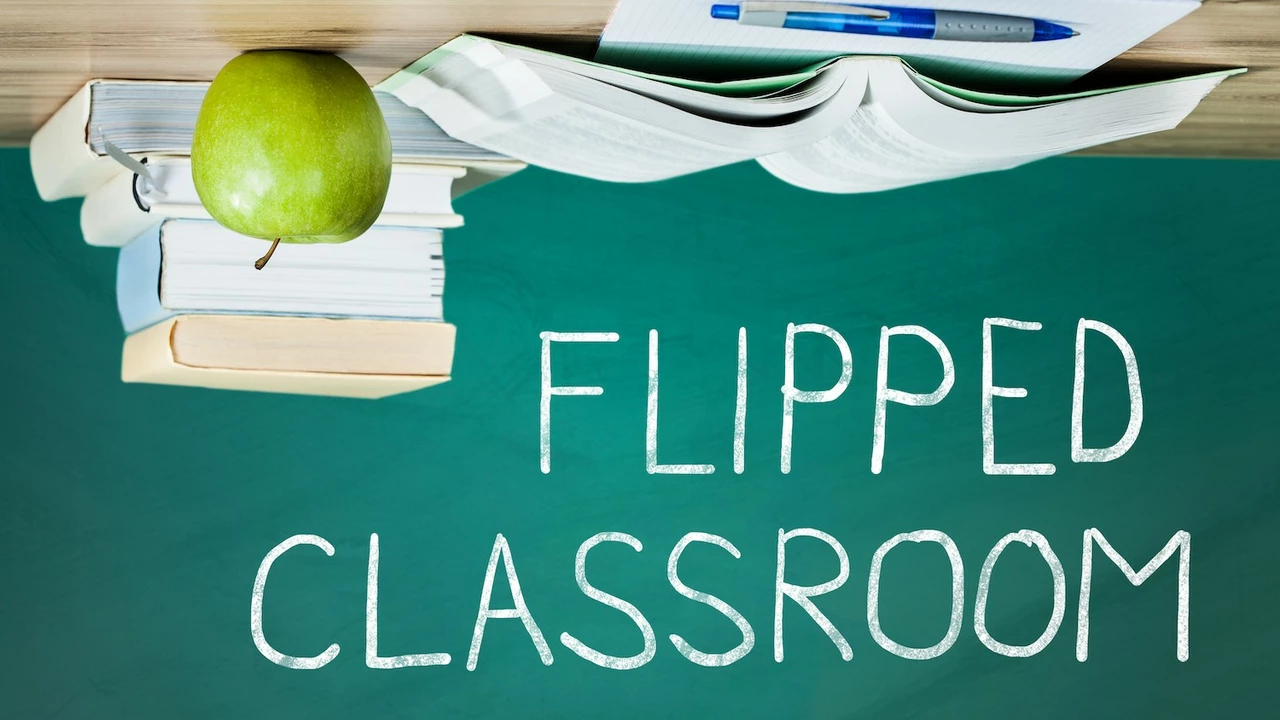Traditional Teaching Methods: What They Are and Why They Still Work
When you hear "traditional teaching," you probably picture a teacher at the front of a room, chalk on the board, and students taking notes. That image isn’t outdated; it’s a tried‑and‑true approach that still powers many schools. Let’s break down what makes this style tick and how you can blend it with modern tools without losing its core benefits.
Key Features of Traditional Teaching
First off, the structure is clear. The teacher delivers the lesson, students listen, then they practice through worksheets or short quizzes. This roadmap gives everyone a predictable flow, which is especially helpful for younger learners or subjects that need step‑by‑step logic, like math or grammar.
Second, the focus is on direct instruction. Rather than wandering through group projects, the teacher explains concepts in plain language, models examples, and corrects mistakes on the spot. This immediate feedback loop keeps errors from snowballing and builds confidence fast.
Third, assessment is frequent and straightforward. Quick quizzes, oral recaps, and hand‑written tests let teachers see who’s keeping up and who needs extra help. Because the data comes quickly, you can adjust the next lesson on the fly.
Pros and Cons in Modern Classrooms
One big plus is consistency. When a class follows the same pattern daily, students know what to expect and can focus on learning instead of figuring out the format. This predictability also eases classroom management – there’s less chaos when everyone’s on the same page.
Another advantage is depth. A teacher who explains a concept thoroughly can dive into nuances that a group activity might skim over. For subjects that build on each other, that depth is crucial.
But there are downsides. Traditional methods can feel rigid, especially for students who thrive on interaction or hands‑on work. If the lesson is just one‑way, some kids may zone out or miss the chance to apply ideas in real life.
To balance things, try sprinkling in short activities. After a 15‑minute lecture, pause for a quick think‑pair‑share or a problem‑solving worksheet. These micro‑breaks keep energy up while preserving the core lecture structure.
Technology can give traditional teaching a boost without changing its essence. Project the notes on a screen, use digital quizzes that auto‑grade, or record the lecture for students who need a replay. The teacher stays the guide, but the tools make the experience smoother.
Finally, remember that no method works for every class. Scan the room: if most eyes are on the board, keep the lecture. If you see restless shoulders, add a brief activity. Adjusting on the fly is the secret sauce of effective teaching.
Bottom line: traditional teaching methods aren’t relics; they’re solid foundations. By keeping the core structure—clear instruction, frequent checks, and teacher‑led feedback—while slipping in a few modern tweaks, you get the best of both worlds. Your students get clear guidance and the chance to engage, and you keep control of the classroom flow. Give it a try in your next lesson and see how the familiar routine can still spark fresh learning.
